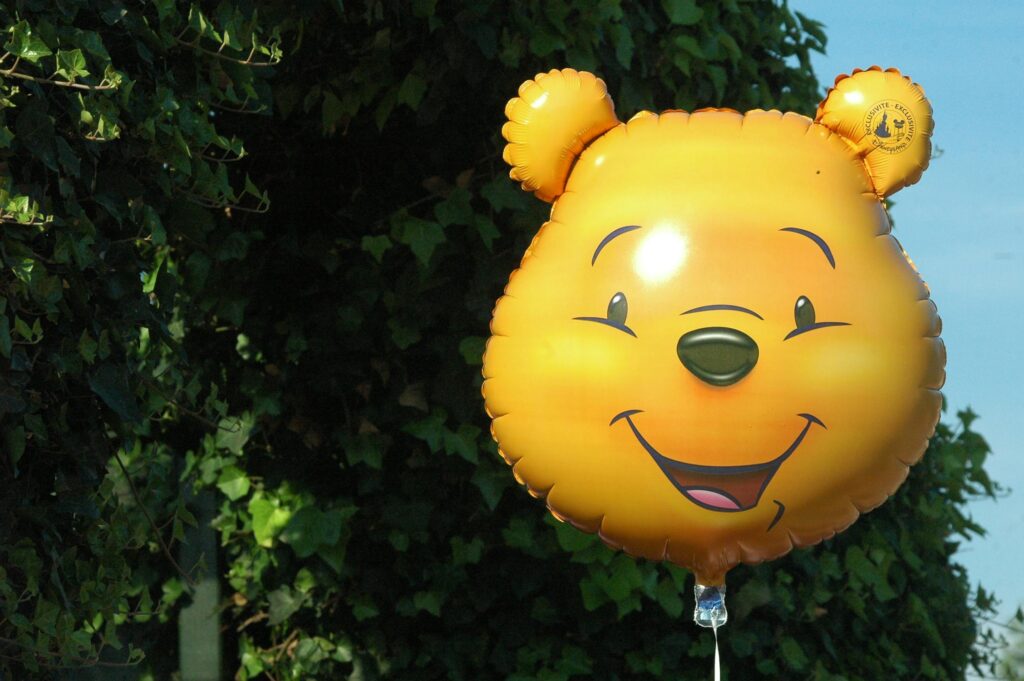Despite his reputation as a bear of very little brain, Winnie the Pooh holds the key to surprising UX design secrets! Beneath his honey-glazed exterior lies a treasure trove of valuable lessons that can be directly applied to modern UX design. Therefore, let’s embark on a journey through the Hundred Acre Wood and discover how Pooh and his friends can guide us in creating user-centric experiences that prioritize user needs and satisfaction.
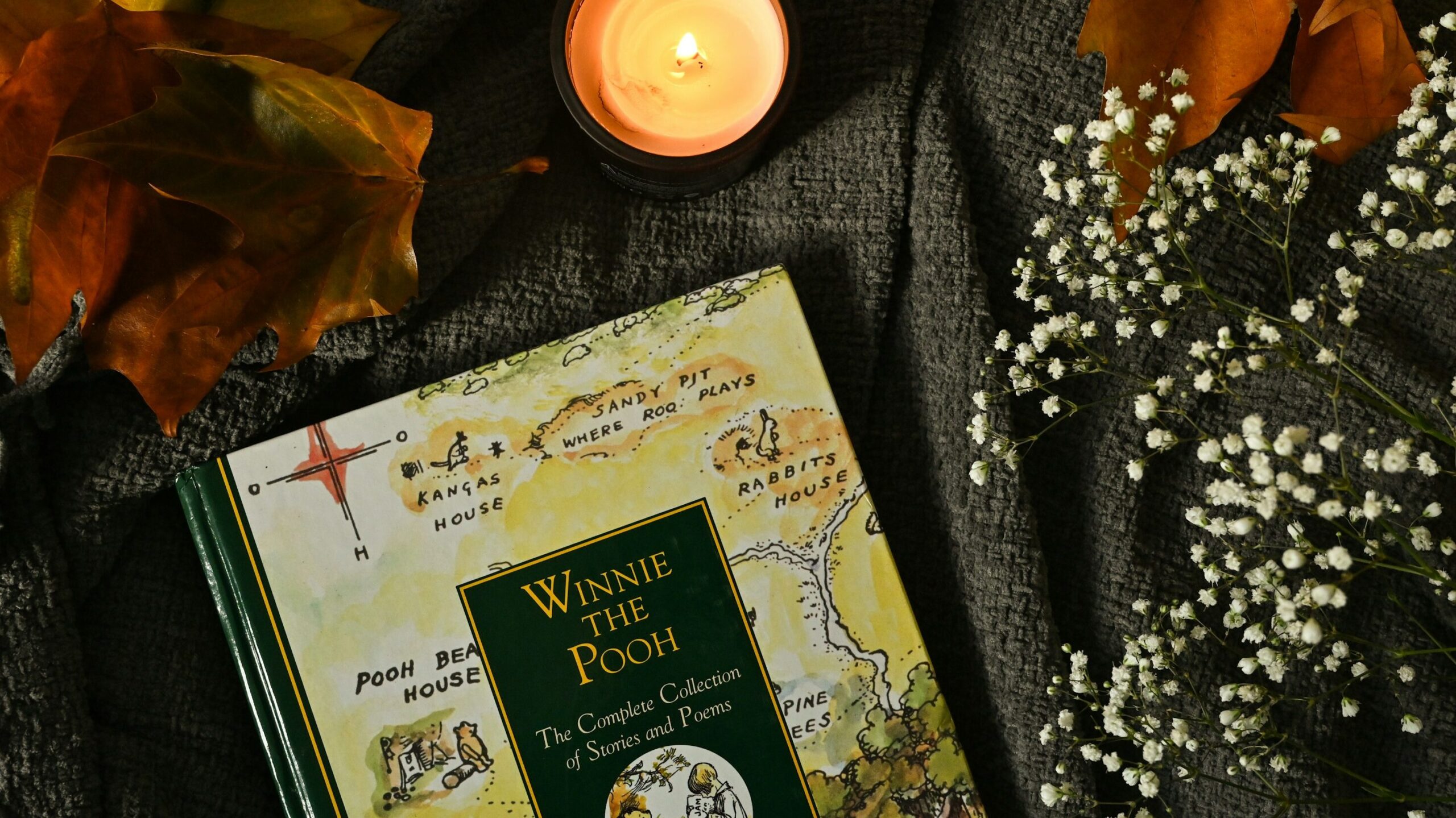
1. Prioritize User Needs (Even if it’s Honey):
Pooh’s unwavering focus on honey offers a perfect illustration of the paramount importance of understanding user needs. In the realm of UX design, this translates directly to prioritizing what users want to achieve when they interact with your product or website. After all, just like Pooh wouldn’t be content with merely a whiff of the honey pot, users won’t find satisfaction in a product that fails to fulfill their core needs. To bridge this gap, conduct thorough user research. By doing so, you’ll gain a deeper understanding of their pain points and goals. Armed with this knowledge, you can then design an experience that directly addresses them.
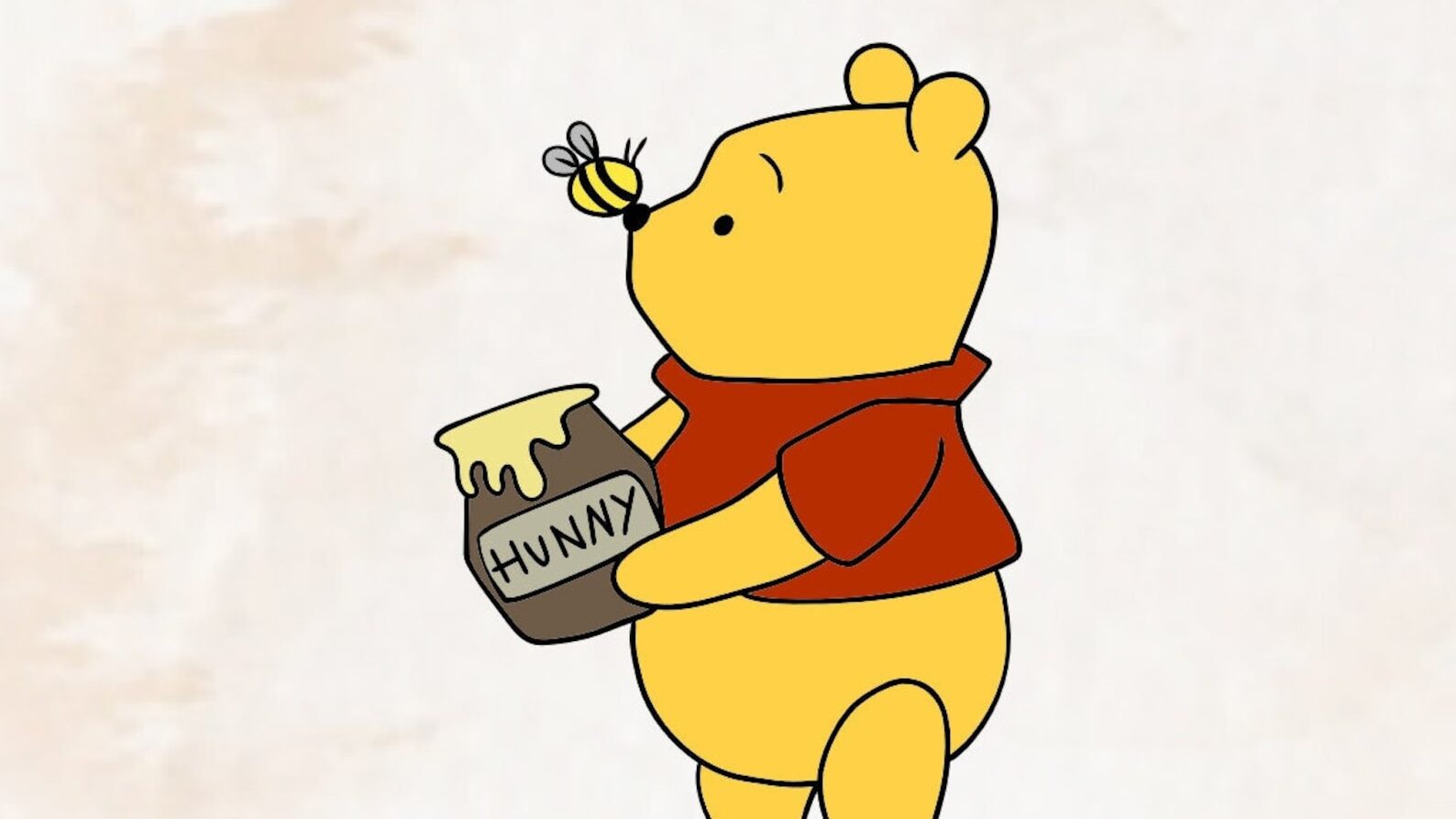
2. Embrace Simplicity (Like a Honey Pot):
Pooh’s love for simple things like honey and his red balloon perfectly exemplifies the UX principle of simplicity. Consequently, complex interfaces overloaded with features can quickly leave users feeling frustrated. In order to combat this, we should strive for clean and intuitive designs that are both easy to navigate and understand. After all, users shouldn’t need a map, like Piglet did in the Hundred Acre Wood, to find their way around your website or app.
3. Celebrate Small Wins (Like Finding Honey):
In Pooh’s world, every honey pot discovery is a cause for celebration. Likewise, UX design should acknowledge user achievements. To this end, implement clear progress indicators. In addition, incorporate subtle celebratory elements. These elements will serve the purpose of keeping users motivated and engaged as they complete tasks or reach milestones within your product.
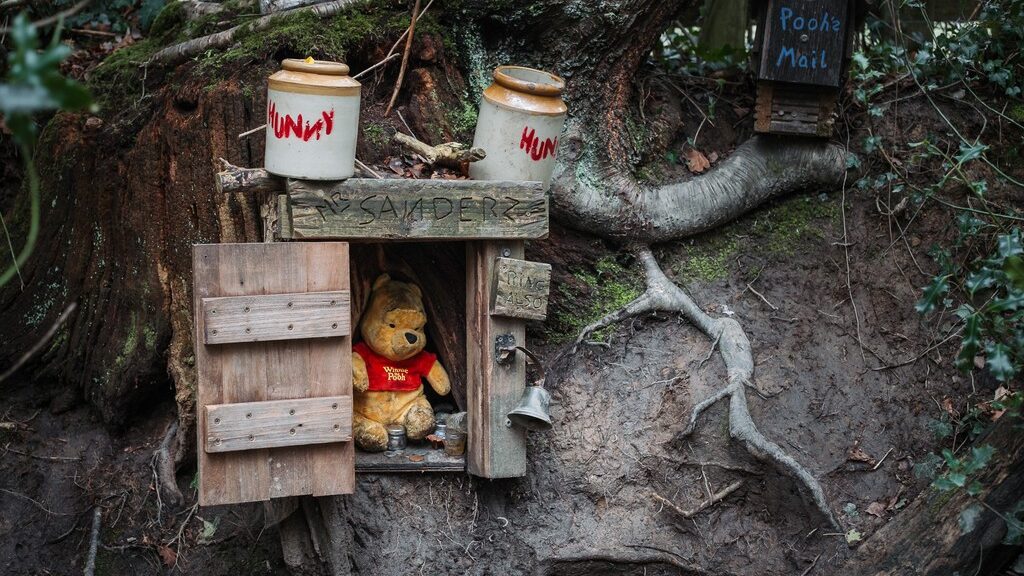
4. Encourage Exploration (Like Exploring the Forest):
Winnie the Pooh and his friends spend their days exploring the Hundred Acre Wood, a testament to the value of play and exploration. This sense of discovery, therefore, translates beautifully into the world of UX design. Here, the focus shifts to encouraging user exploration. We can achieve this by allowing users to discover features organically, fostering a sense of delight in uncovering new functionalities for themselves. This creates a more engaging experience and a deeper connection between the user and the product.
5. Anticipate User Errors (Like Reaching for Honey):
Pooh’s frequent honey-related mishaps provide a relatable example of the inevitability of user errors. Therefore, in UX design, it’s crucial to anticipate potential mistakes. With this in mind, we should design with graceful error handling as a core principle. This means providing clear error messages to the user. Additionally, intuitive recovery options should be offered to help them get back on track. Most importantly, avoid punishing users for making unintentional errors. By following these principles, we can create a more forgiving and user-friendly experience.
6. Leverage Positive Reinforcement (Like a Honey Reward):
Positive reinforcement is a powerful tool in UX design. In fact, just like Pooh is motivated by the prospect of honey, users also respond well to positive feedback and rewards. To achieve this, implement gamification elements, badges, or progress bars. By doing so, you can acknowledge user actions and thus keep them engaged.
7. Collaboration is Key (Even for a Heffalump Hunt):
While Pooh often embarks on solo honey expeditions, he also cherishes his friendships, a reminder that even solitary creatures thrive with collaboration. In UX design, collaboration is equally valuable; it’s not just an aspect of the development process, it’s a cornerstone. To this end, gather user feedback throughout the design journey. Conduct usability testing to glean insights, and actively involve users in shaping the final product. By incorporating their perspectives, you ensure the design resonates with their needs.
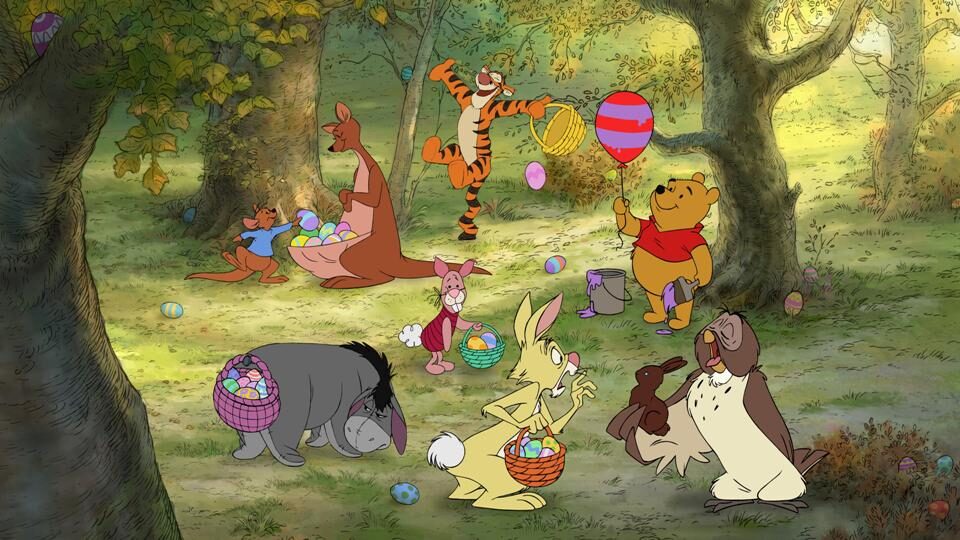
8. Cater to Diverse Users (Like the Hundred Acre Wood Characters):
The characters in the Hundred Acre Wood each have distinct personalities and needs. Reflecting this, UX design should cater to a diverse range of users. To achieve this, consider accessibility best practices. In addition, offer personalization options. Ultimately, ensure your product caters to a variety of user types.
9. Embrace Continuous Learning (Like Growing Your Honey-Hunting Knowledge):
Winnie the Pooh may be of very little brain; however, his curiosity and eagerness to learn new things are undeniable. This characteristic mirrors the world of UX design, where staying up-to-date on the latest trends and user research is absolutely essential. Therefore, UX professionals must continuously learn, adapt, and improve their designs. This improvement can be driven by valuable user feedback and by adhering to industry best practices.
Therefore, by adhering to these UX lessons gleaned from Winnie the Pooh and his companions, you have the power to create user-friendly experiences. These experiences won’t just be functional; they’ll be delightful as well. Furthermore, consider this: even a bear with a reputation for limited intellect like Pooh can impart valuable knowledge about crafting experiences that truly resonate with users. This insight should inspire you to embrace the wisdom found in unexpected places.
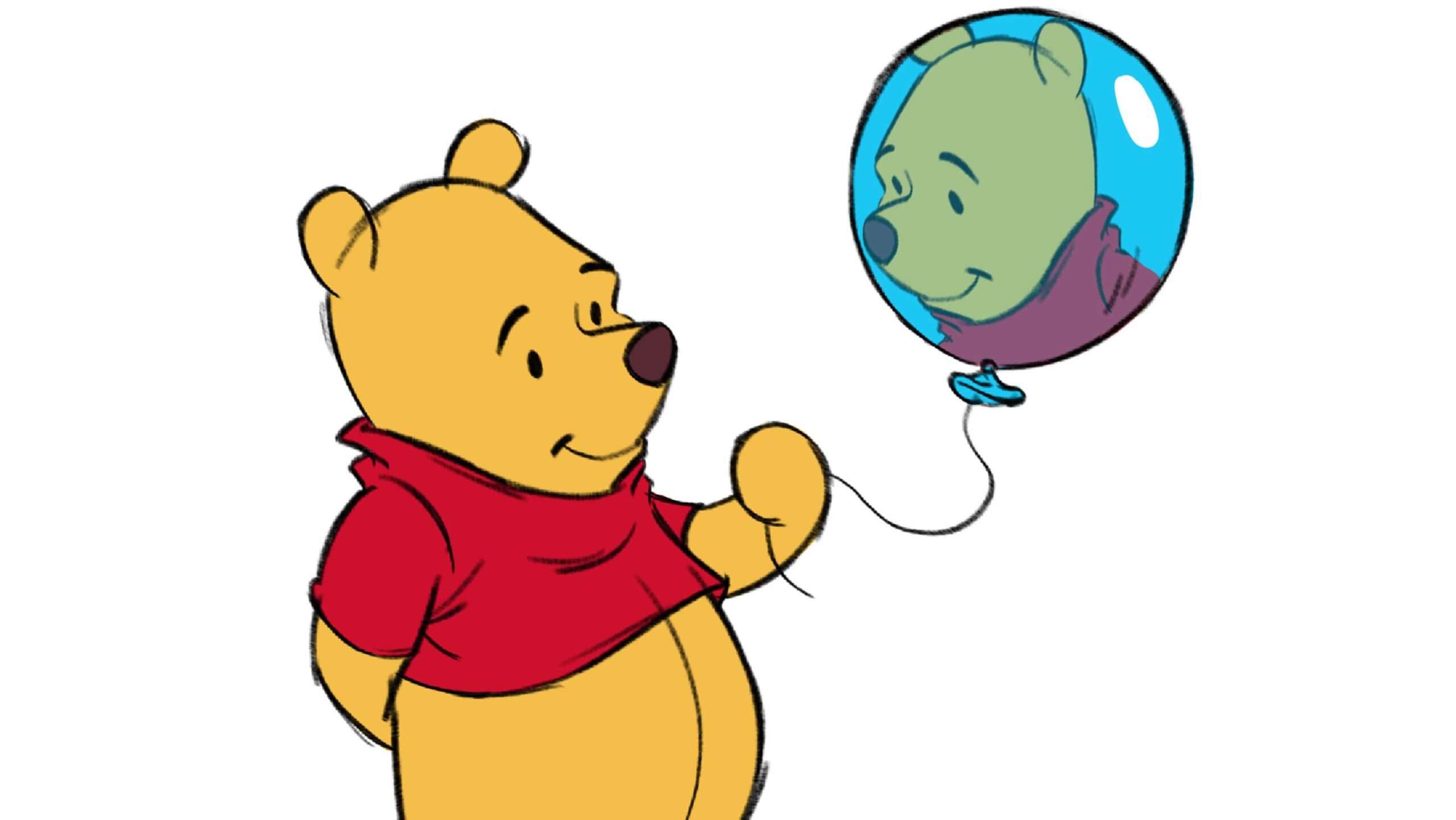
Beyond the Hundred Acre Wood: Merging UX Writing with Pooh’s Wisdom
The lessons extend beyond core UX design principles. Winnie the Pooh and his friends offer valuable insights specifically for UX writing:
- Simplicity is Key: Just like Pooh prefers “short, easy words like ‘What about lunch?'”, UX writing thrives on clarity and conciseness.
- Focus on User Impact: Similar to Pooh’s belief that “the smallest things take up the most room in the heart,” effective UX writing uses carefully chosen words to make a significant impact on the user experience.
- Embrace Inclusivity: UX writing, like Piglet’s consideration for others, should prioritize inclusivity, catering to users with diverse needs and backgrounds.
- Active Listening is Crucial: When Pooh reminds us that “sometimes the person you are talking to doesn’t appear to be listening,” it serves as a reminder for UX writers to actively listen to user feedback and iterate accordingly.
- Passion for Users, Not Products: While Pooh’s love centers on honey, UX writing should focus on the user experience. Detachment from personal preferences allows for crafting copy that truly benefits the user.
- Teamwork Makes the Dream Work: Just like Pooh and his friends collaborate on adventures, a successful UX writing process involves teamwork. Collaboration with designers, developers, and product managers fosters a holistic and user-centric approach.
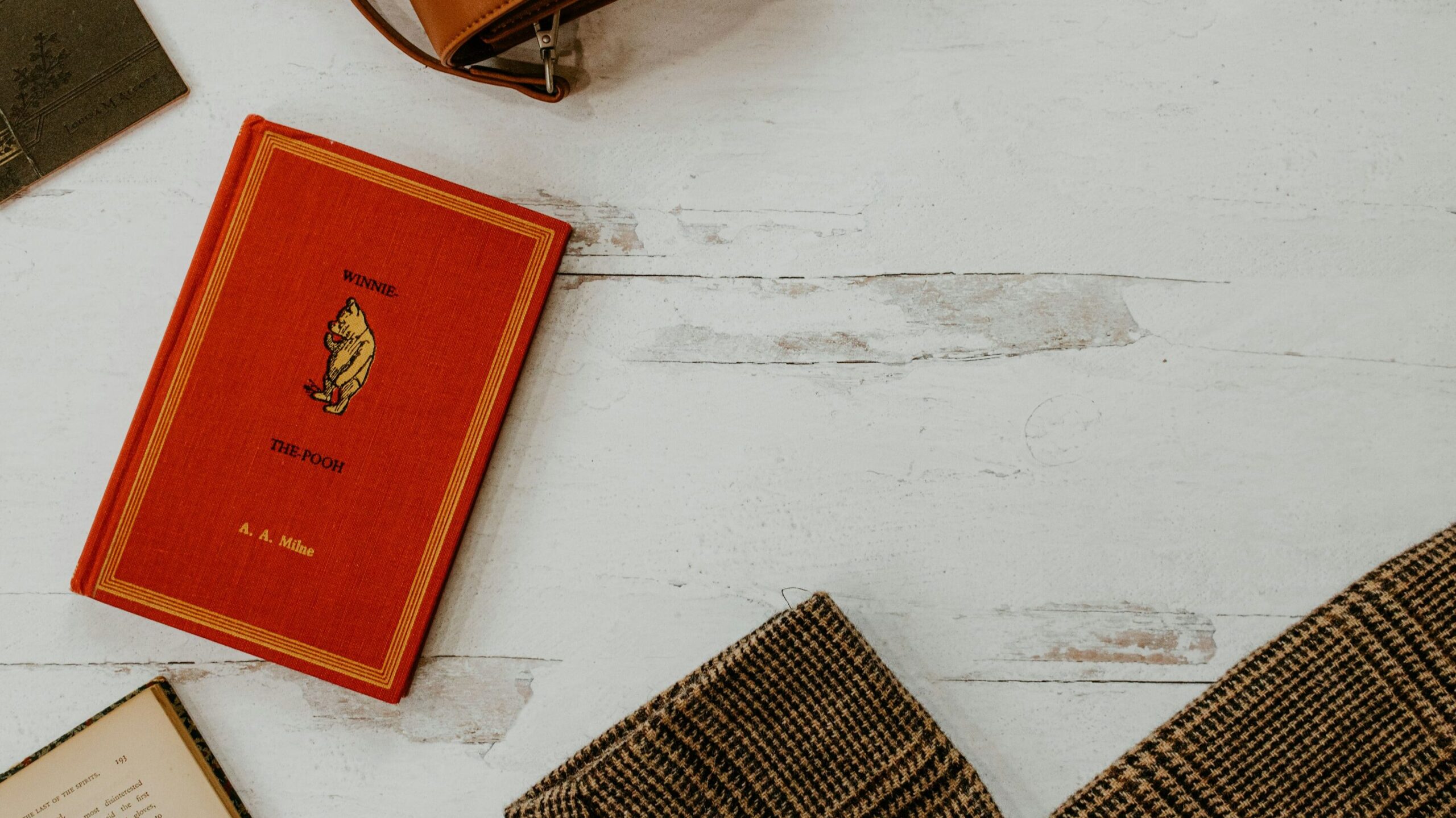
A Pot Full of Inspiration
Winnie the Pooh, a fictional bear with an undeniable fondness for honey, surprisingly offers a wealth of wisdom applicable to UX design and UX writing. Furthermore, by embracing simplicity, prioritizing user needs throughout the design process, fostering collaboration among designers, developers, and users themselves, and continuously learning from user research and industry trends, we can create user experiences that are not only functional but also delightful. In essence, the Hundred Acre Wood serves as a constant reminder: even the smallest details can have a significant impact. Therefore, a little bit of honey-glazed inspiration, gleaned from this unlikely source, can go a long way in crafting exceptional user experiences.
Bonus: Fun Applications of Pooh Bear in UX
Here are some lighthearted ways to incorporate Winnie the Pooh into your UX process:
- Use Pooh quotes as prompts for brainstorming sessions.
- Name user personas after Pooh characters, considering their personalities and needs.
- Create a “Hunny Pot of Wins” board to celebrate team achievements and user feedback.
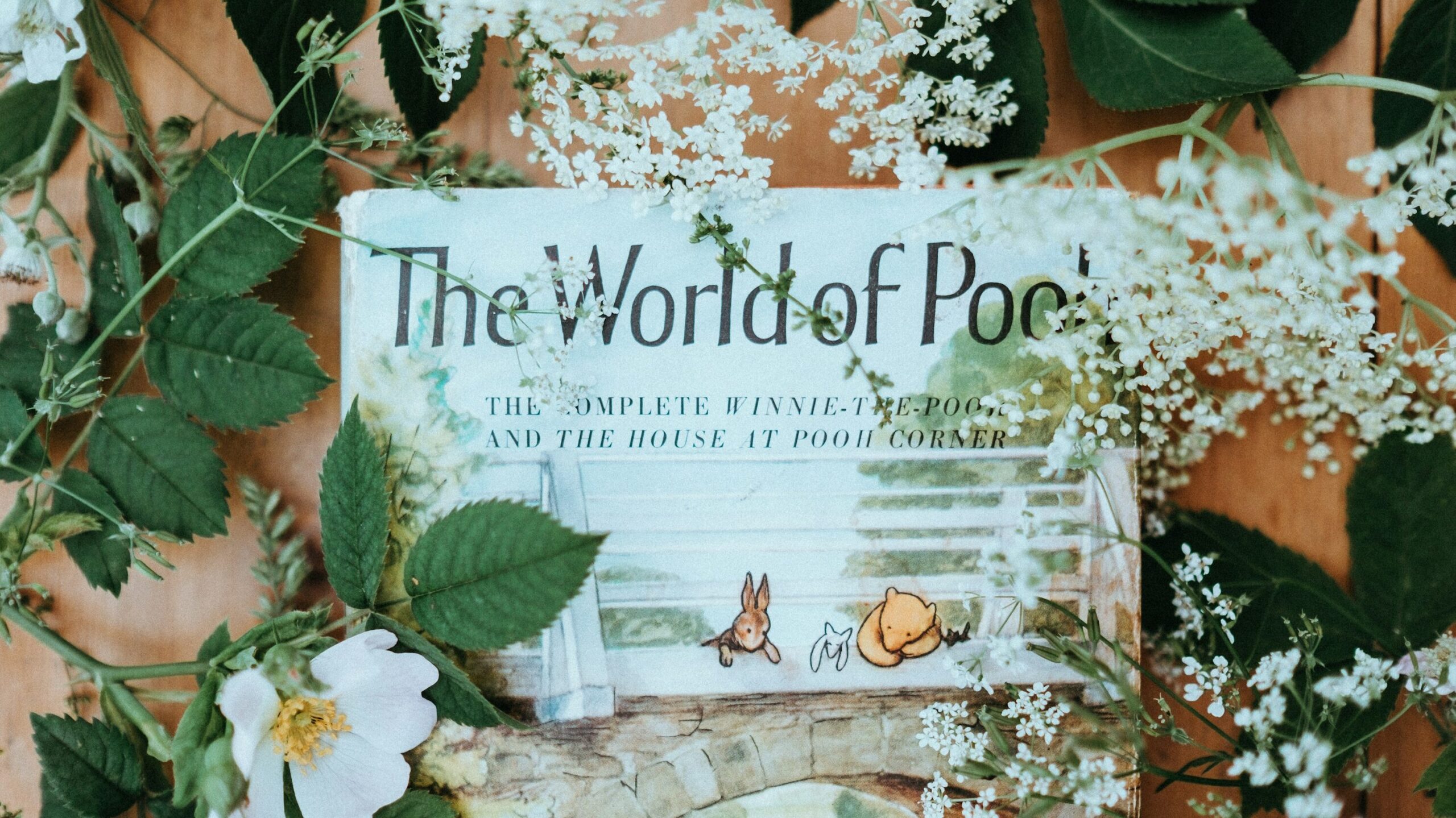
By embracing the playful spirit of Winnie the Pooh, you can foster a more creative and collaborative UX design environment!
Related Posts:
A Detailed Guide to UX Writing: Welcome to the Exciting World of Words and Design
Master UX Design by Integrating Psychology for Superior User Experience
Unveiling the Magic: UI vs. UX Design
